Today's forecast for rain suggested to us that it would be a good time to simply check out the neighborhood and do some planning for the next four days. We are in the small town of
Llandeilo on the edge of Brecon Beacons, which is the largest national park in Wales. We chose this area based on the feeling that after two weeks in Cornwall on the coast it would be nice to be in the mountains. Thus we decided to use the rain day to visit the park visitor center and figure out what hikes and exploration were advisable in light of the recent rain. It turns out that the answer is none. Brecon Beacons is not a rocky place like Madeira or even the coastal trails we hiked in Cornwall, but more like the hike at Bodmin Moor if we had just gone straight over the bog. The ranger suggested that we might enjoy driving up to the town of Brecon and walking
along the towpath for the Monmouthshire & Brecon Canal. The most excitement of the Beacons for us was the single lane route Sheila sent us on to the visitors center...we drove the easier route out to Phyllis' relief.
This canal runs for 36 miles and connects Brecon with Five Locks, Cwmbran. It naturally has a towpath along its banks which, much like the levadas we hiked in Madeira, is by its nature almost level. Rather than starting in the "big" town of Brecon (population of about 8,000 in 2021) we opted for a point a little downstream called Brynich Lock. The name of
course comes from the fact that there is a lock there which appeared to raise or lower the water level (depending on your direction) about six feet. By good fortune we walked up just as a canal boat approached the lock and thus got to see the lock in action. The boat was a bare boat charter by two older couples who actually own their own canal boat back over the border in England, and were quite experienced. This canal system, however, is isolated from all others and thus the rental. We chatted with the couple working the locks and Craig even gave them a helping hand pushing the levers that move the lock doors open and shut.
After the boat was raised up to its new level and on its way, we wandered downstream on the towpath where we found ducks and another boat moored for the day. Most interesting, however, was where the canal crossed over the river. On the stretch we were on the canal sat up about 75' above the river which was then in flood stage. However, about a quarter-mile downstream from the locks the canal crossed over the river on an old stone aqueduct. We walked a little ways down past the aqueduct and then, when the path turned muddy, walked back a mile or so above the locks. Finally rain threatened a little too much and we made our way back to Llandeilo, this time deliberately taking a goat road (that actually turned into a horse road as we got farther along).
After a day in Wales (yes, small sample size) we have two observations that stand out to us. First, it is really wet. The rivers were muddy and right up to their banks and there were
waterfalls, large and small, everywhere there was a slope. Oh, and we saw ducks swimming in several pastures only a few yards from sheep grazing on slightly higher ground. Second, the roads are very good and easy to drive compared to Cornwall. Admittedly that is a low bar and we have not yet driven extensively here, but we have driven on roads that in Cornwall would have been a lane-and-a-half between two stone walls and we have not found that here. That may be because Wales uses hedgerows rather than stone to demarcate boundaries which in turn may result from less rocky ground here than in Cornwall. Our observations will continue as we jump to more conclusions in the future.

 Brecon Beacons National Park Visitor Centre and Tearooms, Wales, United Kingdom
Brecon Beacons National Park Visitor Centre and Tearooms, Wales, United Kingdom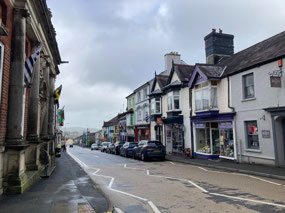
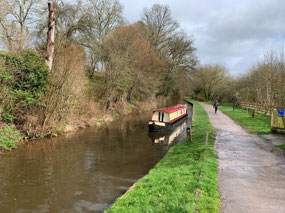
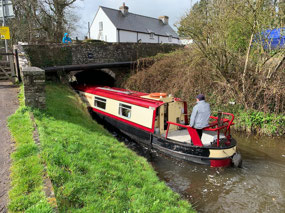
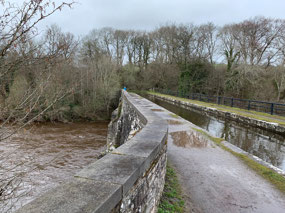
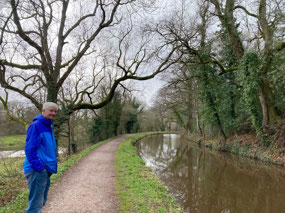



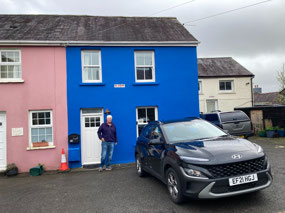
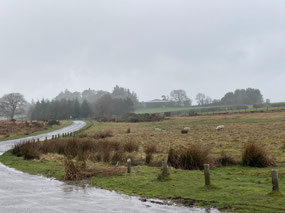
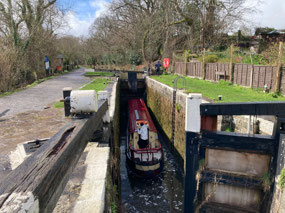
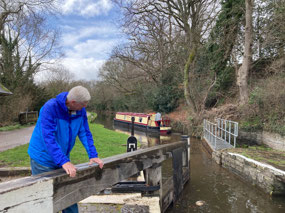
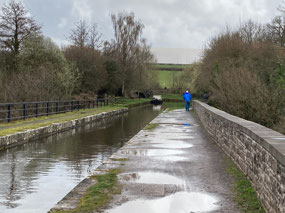
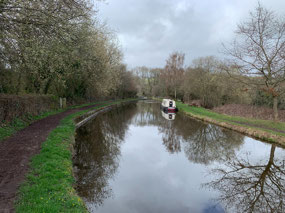
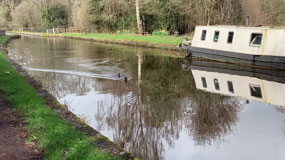
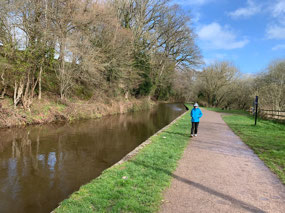
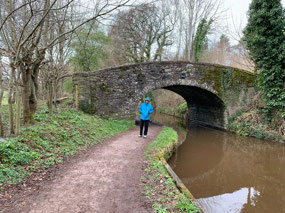
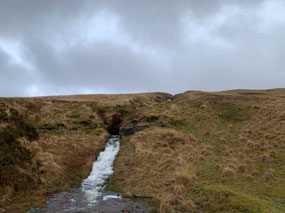
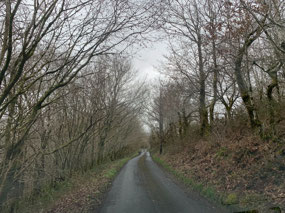
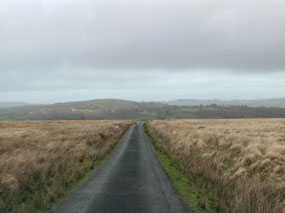

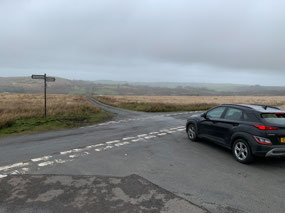
2025-05-22